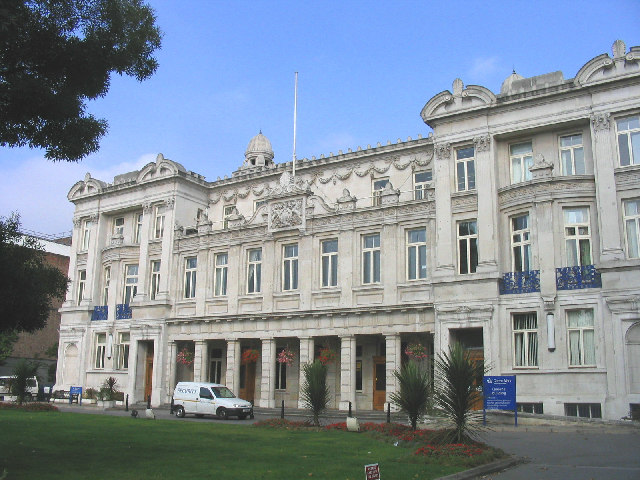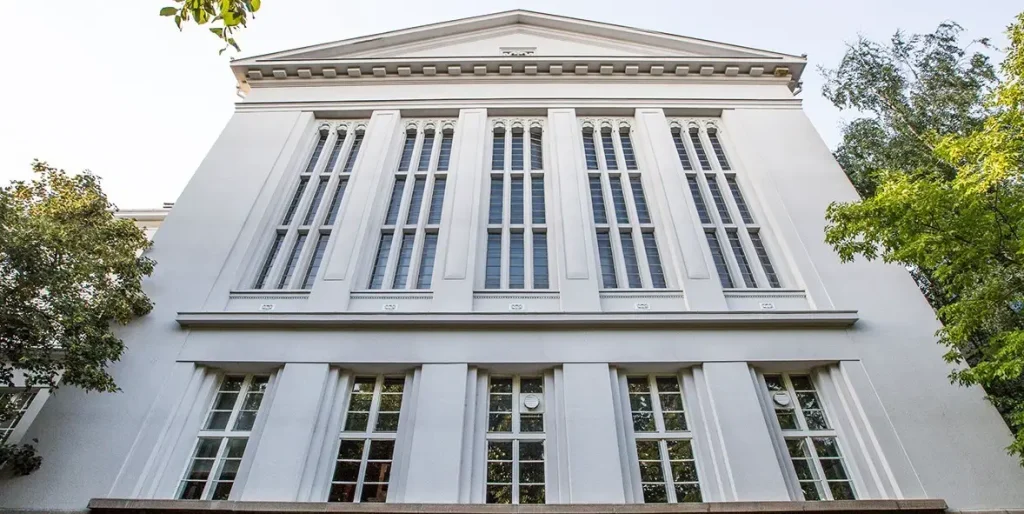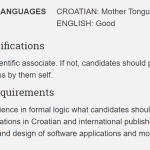July 27, 2020 – A breakthrough by Croatian-led team has far-reaching implications for the treatment and prevention of Alzheimer’s
A team of Croatian-led scientists have discovered a gene that protects against Alzheimer’s disease. The remarkable discovery was made by a Croatian-led team at Queen Mary University of London in collaboration with scientists at The Croatian Institute for Brain Research, School of Medicine, University of Zagreb. The discovery has far-reaching implications for both the prevention and treatment of Alzheimer’s.
Alzheimer’s is a degenerate brain disease that can be brought on by dementia. The main challenge in testing treatment drugs in trials is that participants need to already have symptoms. But, once people have symptoms, it is usually too late for treatments to have a significant effect, as many brain cells have already died.
Because of an extra chromosome they carry, people with Down’s Syndrome have a 70% chance of developing the disease. So, the Croatian-led team took hair cells from people who have Down’s Syndrome and genetically re-engineered to become stem cells. The stem cells were then grown into brain cells in a laboratory dish.

Queen Mary University of London © John Winfield
Studying the cells, the scientists were able to see Alzheimer’s-like pathology develop rapidly. They were then able to take two drugs and test their effectiveness in inhibiting the progression of the disease. Within six weeks, they proved that the drugs prevented the onset of Alzheimer’s-pathology.
The research also found proof of an Alzheimer’s suppressor gene (BACE2) that exists naturally within the brain. By increasing the activity of the gene, it is hoped Alzheimer’s can be slowed in its progression or eventually prevented altogether. The research has far-reaching implications for testing those who may eventually develop Alzheimer’s and on testing drugs for the prevention and treatment of the disease.
The team at The Blizard Institute, Barts & The London School of Medicine, Queen Mary University of London was lead by Croatian Professor Dean Nižetić. The international team that published their findings included another young Croatian scientist, Ivan Alić, who worked alongside Nižetić in London, plus Željka Krsnik, Goran Šimić, Ivica Kostović and Dinko Mitrečić from The Croatian Institute for Brain Research, School of Medicine, University of Zagreb.











